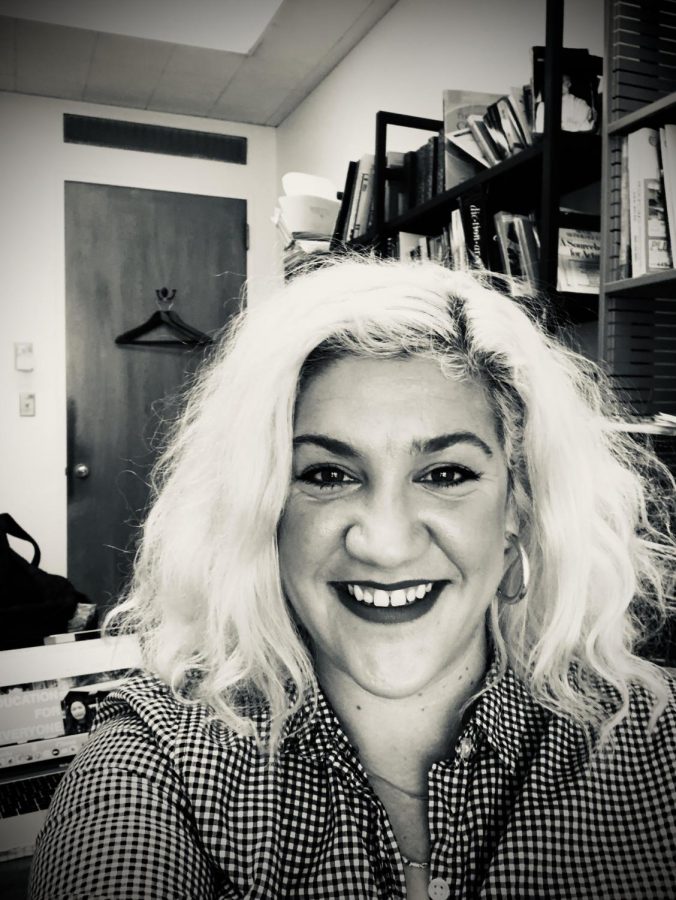Highlighting Dr. Zenovich of CSUEB for Women’s History Month
March 18, 2021
In honor of Women’s History Month, I am highlighting an array of women professors at California State University, East Bay. My first interviewee is Dr. Jennifer Zenovich. Dr. Zenovich is a lecturer within the Department of Communication at CSUEB, currently teaching four courses. Women’s History Month is a time to honor and educate those around us on the contributions women have made to the world we live in today. While the fight for women’s liberation is at the forefront of women’s movements around the country, I decided to honor Dr. Zenovich’s personal contribution to the academic world in addition to her thoughts about Women’s History Month.
First, some background information on you, including your education and training:
I completed my Bachelors and Master’s Degree in Communication studies at Fresno State University. After that, I went to the University of Massachusetts Amherst for my Ph.D. in Communication with an emphasis on Performance, Women and Gender Studies, and Critical Cultural Studies.
What did your doctoral dissertation focus on? What are your areas of research?
My research focused on rhetorical performances and performances of identity in Yugoslavia, specifically in post-communist Montenegro. I explored how Yugoslavia’s transition from a socialist state to capitalism affected gender identities and how rape was used as genocide during the 1990s. I studied the ways in which performances enact ownership of land and gender.
What does Women’s History Month mean to you?
Women’s History Month in Dr. Zenvoich’s perception appears to be mixed emotions. I am proud of how we have come from where we were before, but we have so much further to go. The month lacks intersectionality as corporations profit from the month, highlighting rich white liberal women as trans women are being murdered at alarming rates. While women have gained much-needed representation in society, we still do not have the Equal Rights Amendment, equal pay, paid maternity leave, and no equal protection under the law, especially for trans women.
With a lack of intersectionality within Women’s History Month nationwide, how can we in the Bay Area community work towards greater intersectionality?
Put people that have been marginalized at the center of the movement and use our platforms and media to elevate their voices, giving them spaces to thrive. Take action within the community. Put in the work in a non-performative way that requires action.
In what ways do you wish to see the Bay Area and CSUEB celebrate and educate about Women’s History Month?
From the university, keep it local, make more space for Bay Area activists. I’d like to see more talks from Indigenous women and other women of color. For the community, take action like marching for a cause.
What is your position on the American Education System and the lack of focus on women’s history? To what extent does this affect future generations’ perception of gender and women?
American history in context is fundamentally racist, sexist, and anti-indigenous, and the institution itself upholds this violence. I know there are initiatives of schools and states for more progressive teaching so there is progress being made slowly, and more recently come into the national lexicon is how we talk about gender. Now, students are coming into my classroom having an understanding of women’s rights, LGBTQ+ rights, and the possibility of more than just two genders existing.
What change in the academic world do you wish to see regarding Women’s History Month both in the long and short term?
We need more tenured women of color, trans folks, and queer folks. We need leadership from folks who represent marginalized communities and allies who put their privilege on the line. The whiteness embedded within the institution protects and produces students who value whiteness. Cornel West still does not have tenure after teaching at Harvard. We need to hire and retain folks from marginalized communities. We need to think about whose voices are being heard in our classrooms, who we’re studying and teaching to our students.







